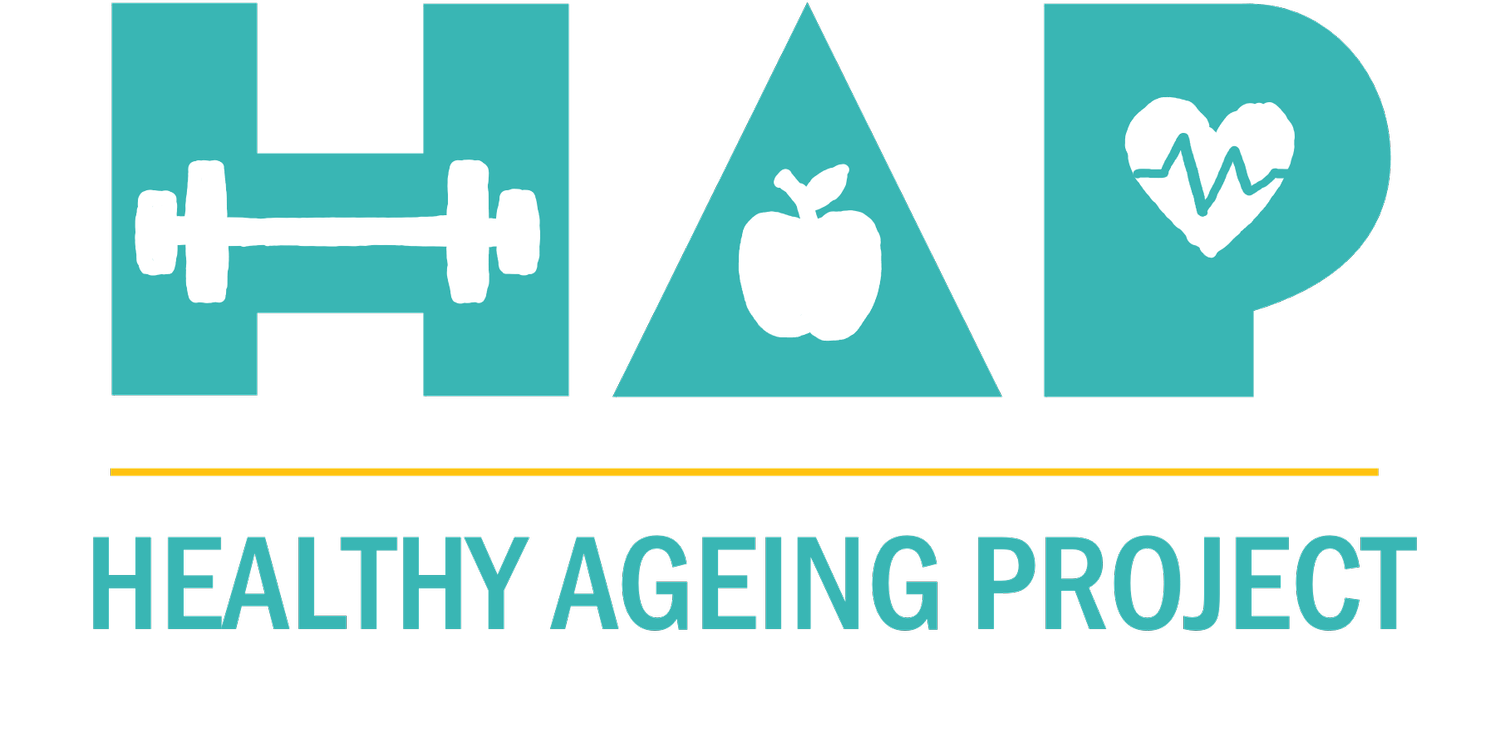Looking after your people requires an ARC of Support
How organisations “look after” their people is something I’ve been intrigued about for many years. In 2015, this interest led me to write a paper that was subsequently published in the International Journal of Wellbeing. Whilst looking after employees has many, many dimensions, I was interested in arguably the most public manifestation of an organisation’s concern - the workplace wellbeing program. Such programs are not hard to find as many large organisations have them.
What I was especially interested in was the low participation rates that have plagued these initiatives for decades. So, I reviewed the relevant literature & identified several individual- and organisational-level factors that seemed to get in the way of employees using them.
Btw, as my intention is not to restate all the factors, you can read about them here: https://www.internationaljournalofwellbeing.org/index.php/ijow/article/view/391/480
Wellbeing is a shared concern
In this blog I want to focus on just one of those factors; a factor that seems salient to not only the old problem of low participation, but also to newer problems related to post-pandemic workplace transitions. It’s a factor I labelled the balance of responsibility for change.
So, what does that mean? To quote from the article, this is the resentment & resistance that can emerge if and when employees:
“…perceive that the change they are being asked to embrace as individuals (through participation in a WorkWell program) is greater than the organisation’s preparedness to do likewise” (p. 115).
Thanks, but no thanks!
To my mind, companies have too often approached the issue of employee wellness by assembling wellbeing shopfronts; disparate arrangements of externally-sourced health & wellbeing services and events. Whilst these are undoubtedly positively intended, they can be highly problematic because they imply stressed workers can & should do better. Do better by changing how they manage their time, their finances, their mental health, their sleep, their physical activity, and so forth.
However, employee work stress generally has a lot to do with the system they are operating within. A system that - often - does not show enough willingness to meet workers halfway, through the implementation of changes that help to support wellbeing.
When this happens, an organisation is essentially engaging in a form of ‘victim blaming’ – a circumstance that is unlikely to be mitigated by even the most positive, happy and well-resourced wellbeing program.
Some silver-lining from the pandemic?
To return to the article, the title said it all: “If you build it they may NOT come, because it’s not what they really need”. I argued that what most employees want is to be respected, to be heard, and to be supported in ways that allow them to be at their best. Few people I know enjoy being stressed and feeling depleted.
If there’s one thing that the pandemic has taught us, it’s that organisations can show genuine care towards their employees, and can innovate in the service of their best interests. Most companies now have a track record of caring that they hopefully will continue to leverage.
The ARC of support: A more holistic organisational response
I think there are three focal points for a more organisationally-driven approach to wellbeing. Not accidentally, they revolve around the leadership influence provided by managers at all levels. I present these – for ease of memory – with the 3-letter acronym “ARC”, which is derived from:
· Advocacy - championing meaningful team-level change wherever possible. This includes constantly scanning for enhancement opportunities (e.g., no meeting days) & a strong intention to act, with culturally backed advocacy to ‘higher-ups’ as needed.
· Role-modelling - demonstrating personal practices known to support wellbeing. This includes exhibiting effective energy management (e.g., no weekend communications) & vicarious learning, with a confidence and comfort to share experiences with others.
· Collaboration – cultivating the engagement of employees through the support of basic psychological needs. This includes infusing interactions with strengths-based, solution-focused core skills to support the experience of wellbeing on-the-job.
Fortunately, this ARC of support is not that new, as all three components are much lauded attributes of leadership. However, I think it’s important to explicitly link these behaviours to wellbeing outcomes via their impact on collective experience (advocacy), intrapersonal functioning (role-modelling), and interpersonal quality (collaboration).
It’s time to move on!
For the past 30 years or so, the World Health Organisation & other health agencies have viewed organisations as convenient channels for health promotion. These were the days when people physically came to an office, in effect making them a ‘captured audience’ for learning about & (hopefully) embedding a variety of healthy personal practices. But decades of participation data suggests the potential of these channels was never fully realised…and now, with the transition-to-hybrid, employees are spending less time in the office.
As a result, organisations committed to ‘looking after their people’ are being challenged to move past the era of the wellbeing shopfront. If fewer employees are around to use the corporate gym, attend ‘brown bag’ seminars on happiness, or nap in a company sleep pod, something else is needed. To me that something else is more personal demonstrations of care.
Demonstrations such as committed advocacy, genuine role-modelling, & effective collaboration. Demonstrations that can be openly observed, with the potential to create a positive system multiplier - or ripple effect - as employees witness their managers acting in the best interests of the (i) system (through advocacy), whilst simultaneously acting in the best interests of (ii) themselves (through role-modelling) & (iii) others (through collaboration).
Whilst these efforts may not always lead to success, it seems more important that such attempts are made, as they would provide employees with ample evidence that the organisation is motivated towards creating a culture of health…around which other determinants of wellbeing can be shaped (such as policies related to remuneration, career development, & diversity & inclusion amongst other things).
info@drgordonspence.com
(+61) 421 641649
© Healthy Ageing Project 2023. All rights reserved.





